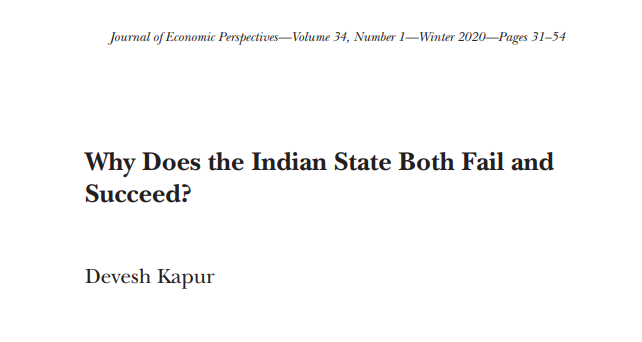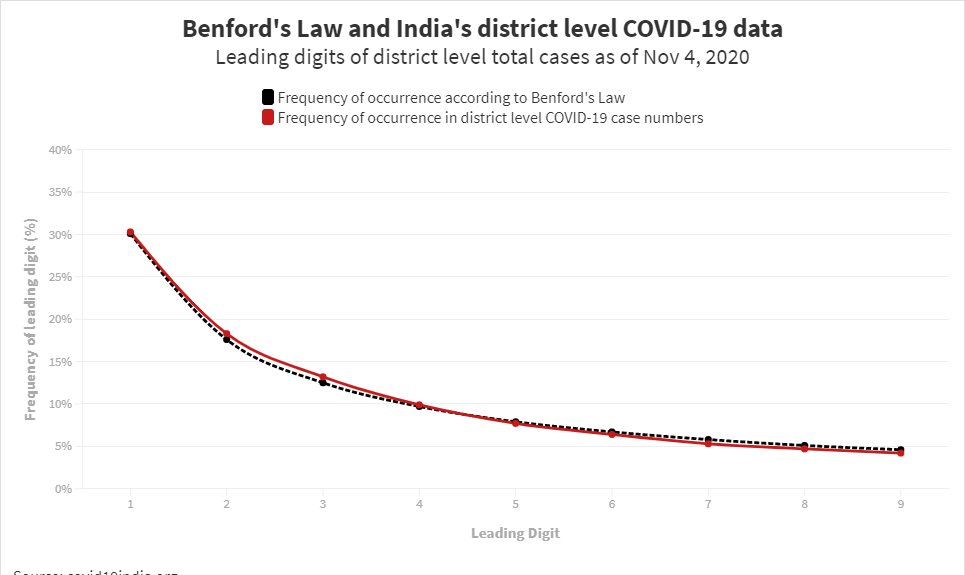
#YearInReview Here is a snapshot of our interesting work on #policing this year!
The #COVID19 lockdown posed a unique law and order challenge, and the police were at the forefront. @_NehaSinha, @AvantiDurani, @priveda22 & @TveshaSippy curated a list of measures for #police and the prison administration during and post lockdown bit.ly/2X1vERk
Being at the forefront also posed operational and business continuity risks for the police. @_NehaSinha & @TveshaSippy addressed this risk in this blog post published by @IPF
policefoundationindia.org/images/resourc…
policefoundationindia.org/images/resourc…
In collaboration with @IPF_ORG, we hosted a #webinar on ‘Pandemic Policing: Heath, Well-being, Morale & Motivation of #Police for Operational Continuity & Resilience’. Panellists included central & state police leaders & medical experts. Highlights here
https://twitter.com/IDFCinstitute/status/1289168914782367745
#COVID19 management also posed an important question. How citizen-friendly is our police? @_NehaSinha, Devika Nadig and Mr Shivanadan addressed this question on #policedialogues hosted by @fayedsouza. #ICYMI you can catch the entire conversation here:
.@AvantiDurani & @priveda22 highlighted that "[F]or the police to get things right, it is important that policymakers start looking at two important areas of structural change — police-public relations and inter-agency coordination.” @ThePrintIndia
theprint.in/opinion/covid-…
theprint.in/opinion/covid-…
• • •
Missing some Tweet in this thread? You can try to
force a refresh






